Mitral Stenosis
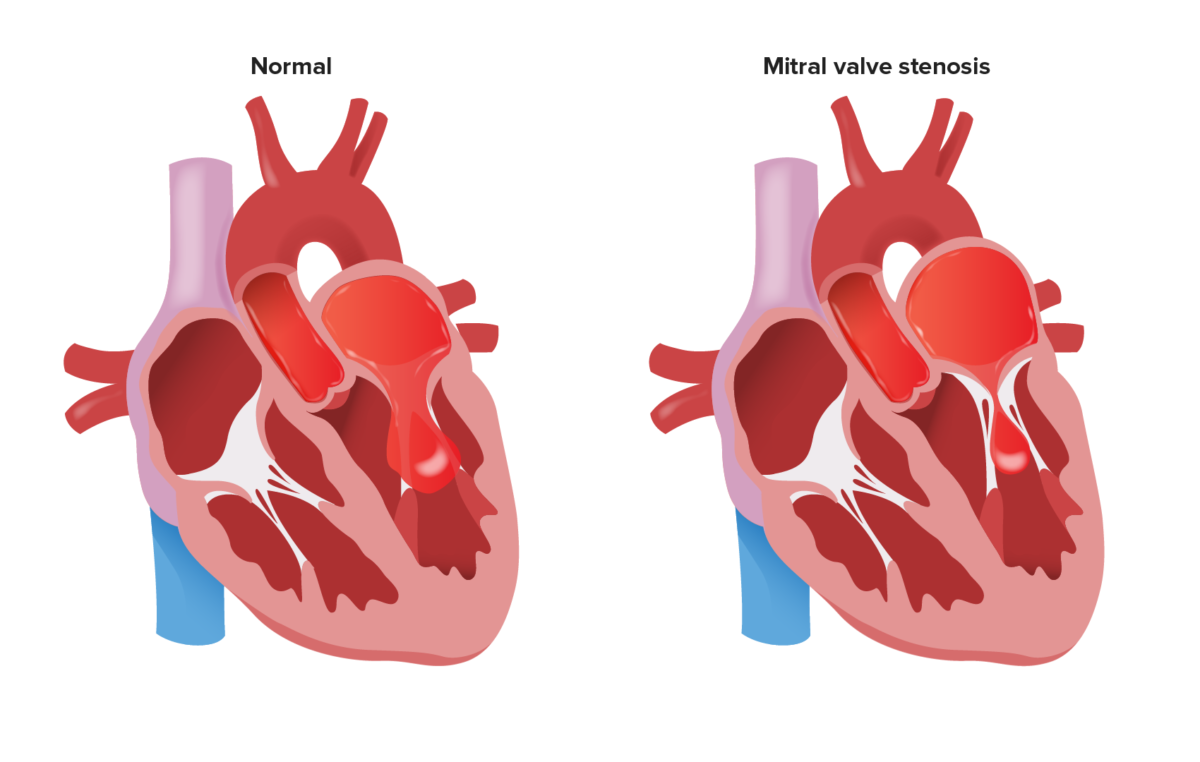
Overview Definition Mitral stenosis (MS) is the narrowing of the mitral valve (MV) orifice, which impedes blood flow from the left atrium (LA) into the left ventricle (LV) during diastole. Epidemiology Etiology Pathophysiology Clinical Presentation Clinical manifestations Physical exam Diagnosis Echocardiography Other workup Management Differential Diagnosis References
Takotsubo Cardiomyopathy
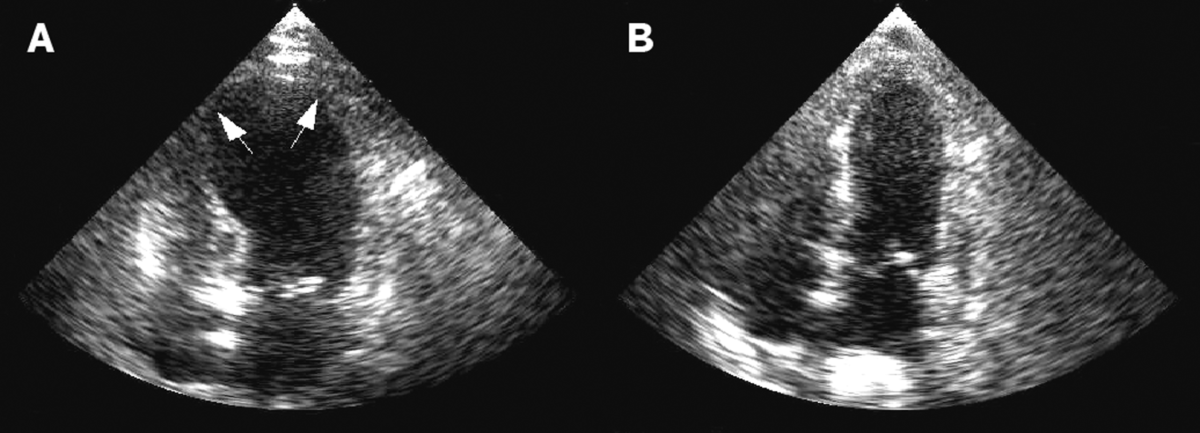
Overview Epidemiology Etiology The exact cause for this condition is unknown, but it is associated with the following: Pathophysiology Clinical Presentation Patients will present similar to those with ACS or heart failure: Symptoms Physical exam Diagnosis Diagnostic algorithm Because patients present similar to ACS, the diagnostic process will be similar. Diagnostic evaluation Initial testing: Next […]
Tricuspid Stenosis
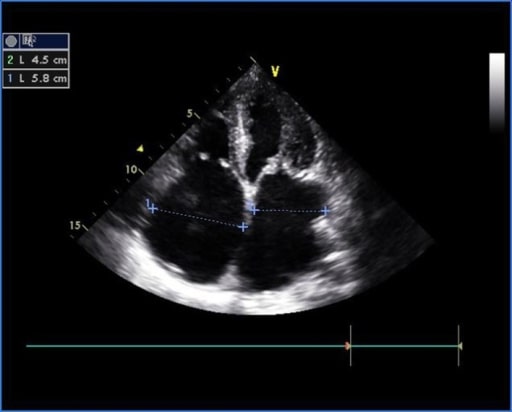
Overview Definition and epidemiology Tricuspid stenosis (TS) is the narrowing of the tricuspid valve, which obstructs the flow of blood from the right atrium to the right ventricle, resulting in a transvalvular gradient. Etiology Pathophysiology Clinical Presentation Symptoms Physical exam Diagnosis and Management Diagnosis Management Differential Diagnosis References
Bradyarrhythmias
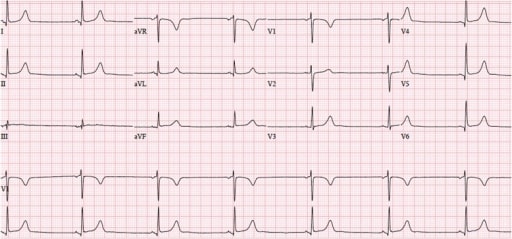
Overview Definition Bradyarrhythmia: Anatomy Physiology Sequential events of a cardiac cycle: Epidemiology and Etiology Epidemiology Etiology Intrinsic causes: Extrinsic causes: Bradyarrhythmia Due to Sinus Node Dysfunction Sinus (sinoatrial) node dysfunction (SND) Pathophysiology Types Bradyarrhythmia Due to Atrioventricular Block Atrioventricular block Pathophysiology Types Clinical Presentation Symptoms are related to bradyarrhythmia, causing low cardiac output: Diagnosis Diagnostic […]
Tricuspid Regurgitation
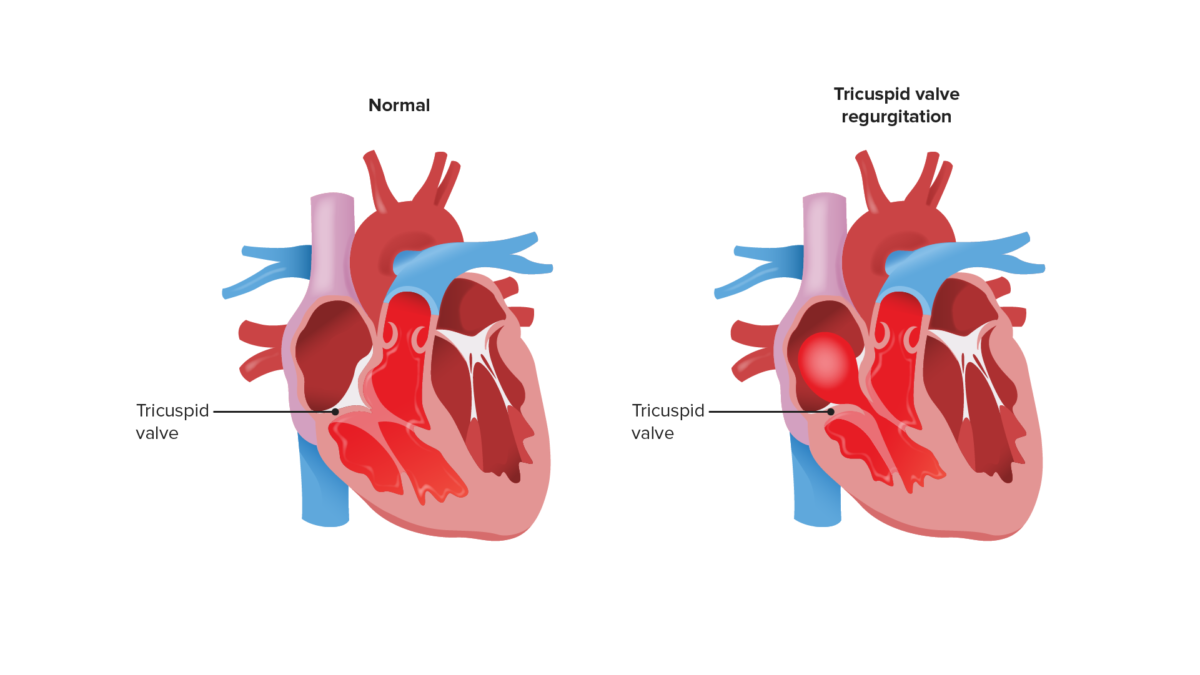
Overview Definition and epidemiology Tricuspid regurgitation (TR) is the backflow of blood through the tricuspid valve into the right atrium during ventricular systole. Etiology Pathophysiology Clinical Presentation Symptoms Physical exam Diagnosis and Management Diagnosis Management Differential Diagnosis References
Aortic Stenosis
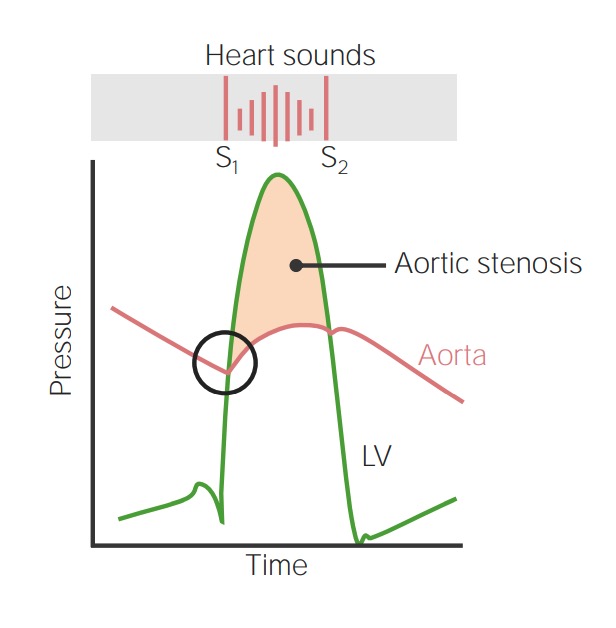
Overview Definition Aortic stenosis (AS) is the narrowing of the aortic valve aperture. Epidemiology Etiology Pathophysiology Mechanisms of valvular damage Mechanism of heart failure Clinical Presentation Symptoms Signs Audio: This audio clip is an example of severe aortic stenosis. This is a harsh, crescendo-decrescendo murmur occurring between S1 and S2. Due to the severity of […]
Atrial Flutter

Overview Epidemiology Etiology Pathophysiology Atrial flutter is caused by a macroreentrant electrical loop (reentrant circuit covers a large area of the atrium): Typical atrial flutter: Atypical atrial flutter: Clinical Presentation Symptoms Physical exam Complications Complication Possible symptoms Exam findings Cardiac: Long-term tachycardia can cause cardiac structural changes. Increased oxygen demand of the myocardium Heart failure […]
Aortic Regurgitation
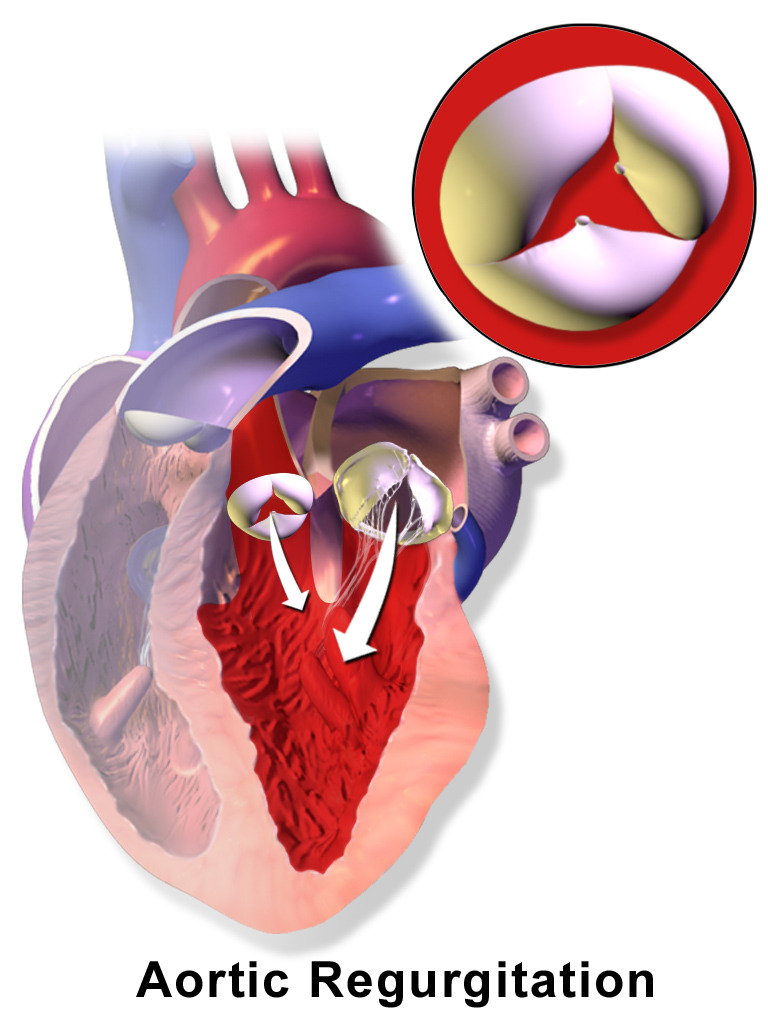
Overview Definition Aortic regurgitation (AR) or aortic insufficiency: Epidemiology Etiology Pathophysiology Acute AR Chronic AR Clinical Presentation Acute AR Chronic AR Symptoms: Signs: Audio: This audio clip is an example of aortic regurgitation. It is characterized by a blowing, decrescendo murmur occurring right after S2. Diagnosis Transthoracic echocardiography (TTE) Transesophageal echocardiography (TEE) Electrocardiogram (ECG) Chest […]
Supraventricular Tachycardias
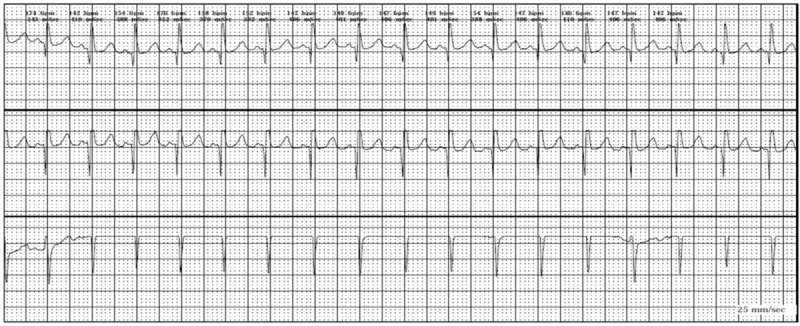
Sinus Tachycardia Etiology Clinical presentation Diagnosis Treatment Paroxysmal Supraventricular Tachycardias (PSVTs) Etiology Clinical presentation Diagnosis Treatment Treat hemodynamic instability via urgent direct current (DC) cardioversion if present. AVNRT and AVRT: Wolff-Parkinson-White Syndrome Etiology Clinical presentation Diagnosis Treatment Treatment is indicated in patients with symptomatic tachyarrhythmias to prevent RVR. Atrial Flutter and Atrial Fibrillation Atrial flutter […]
Long QT Syndrome

Definitions Etiology Congenital long QT syndrome Pathophysiology: Types of congenital LQTS: Variety of associated conditions: Acquired long QT syndrome Clinical Manifestations Congenital long QT syndrome Acquired long QT syndrome Diagnosis The diagnosis of long QT syndrome can be made via an ECG of the patient and/or 1st-degree relatives. A careful medication review is indicated for […]